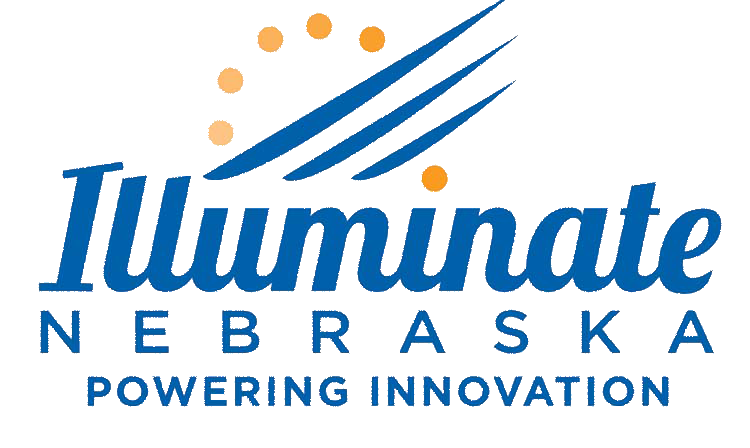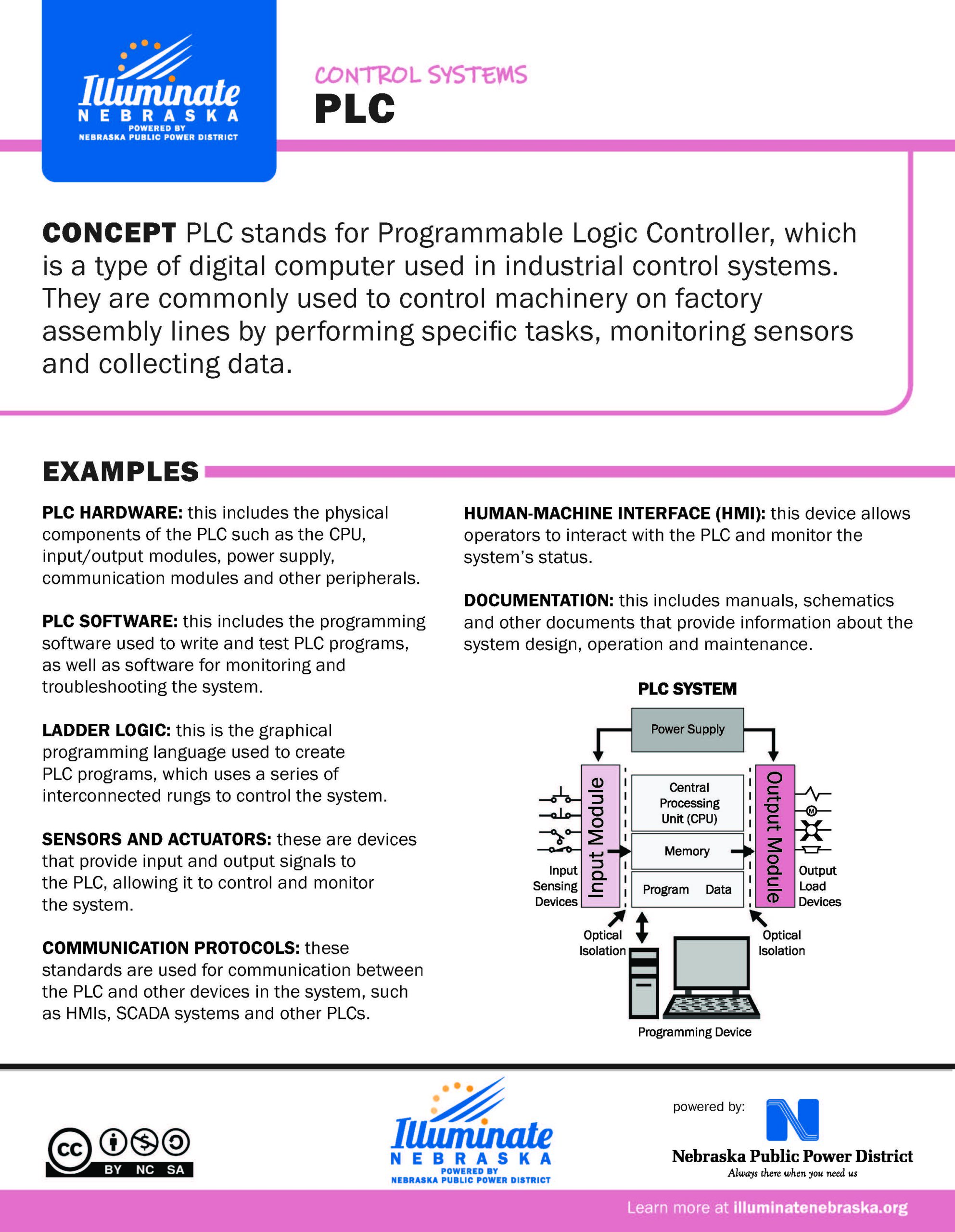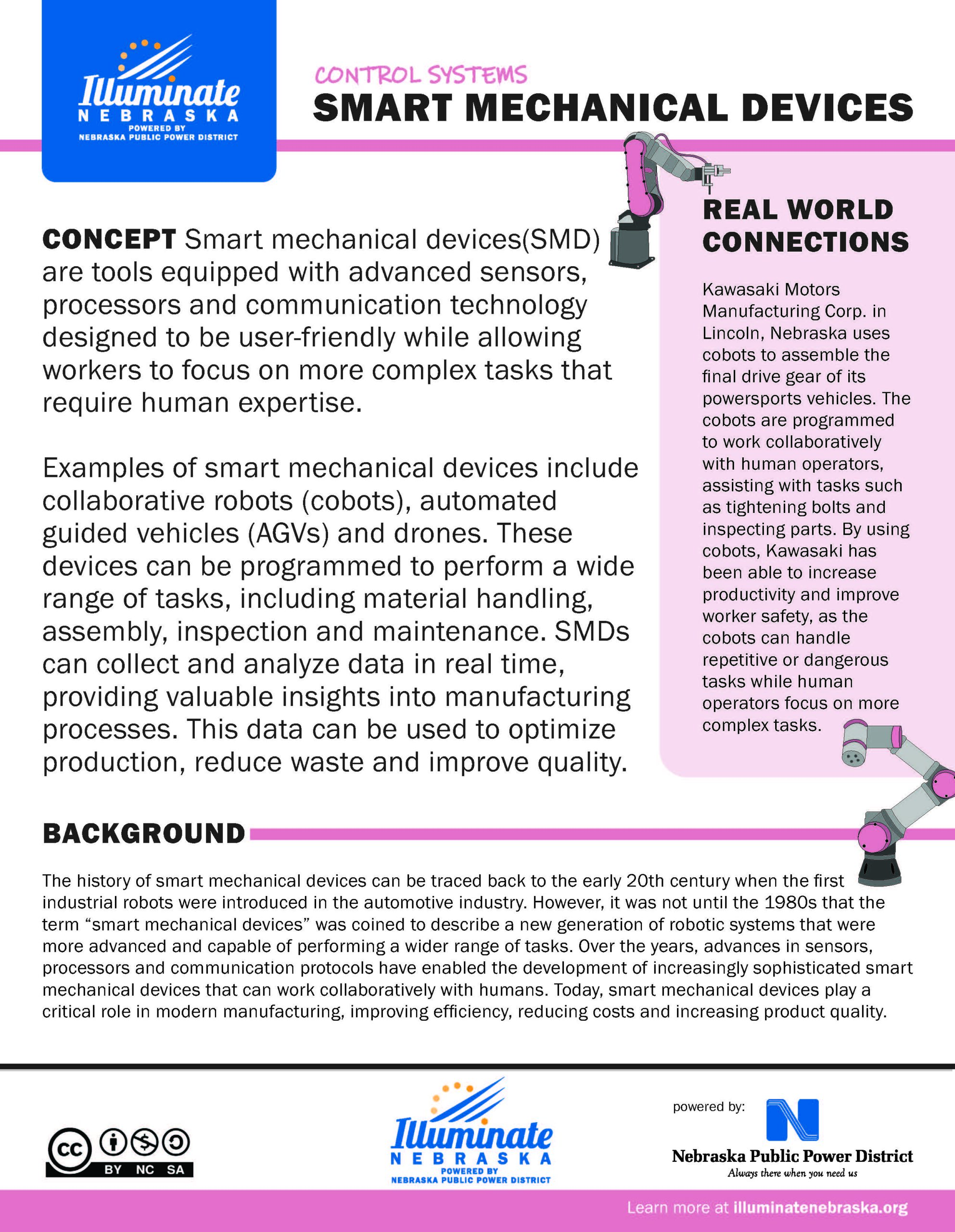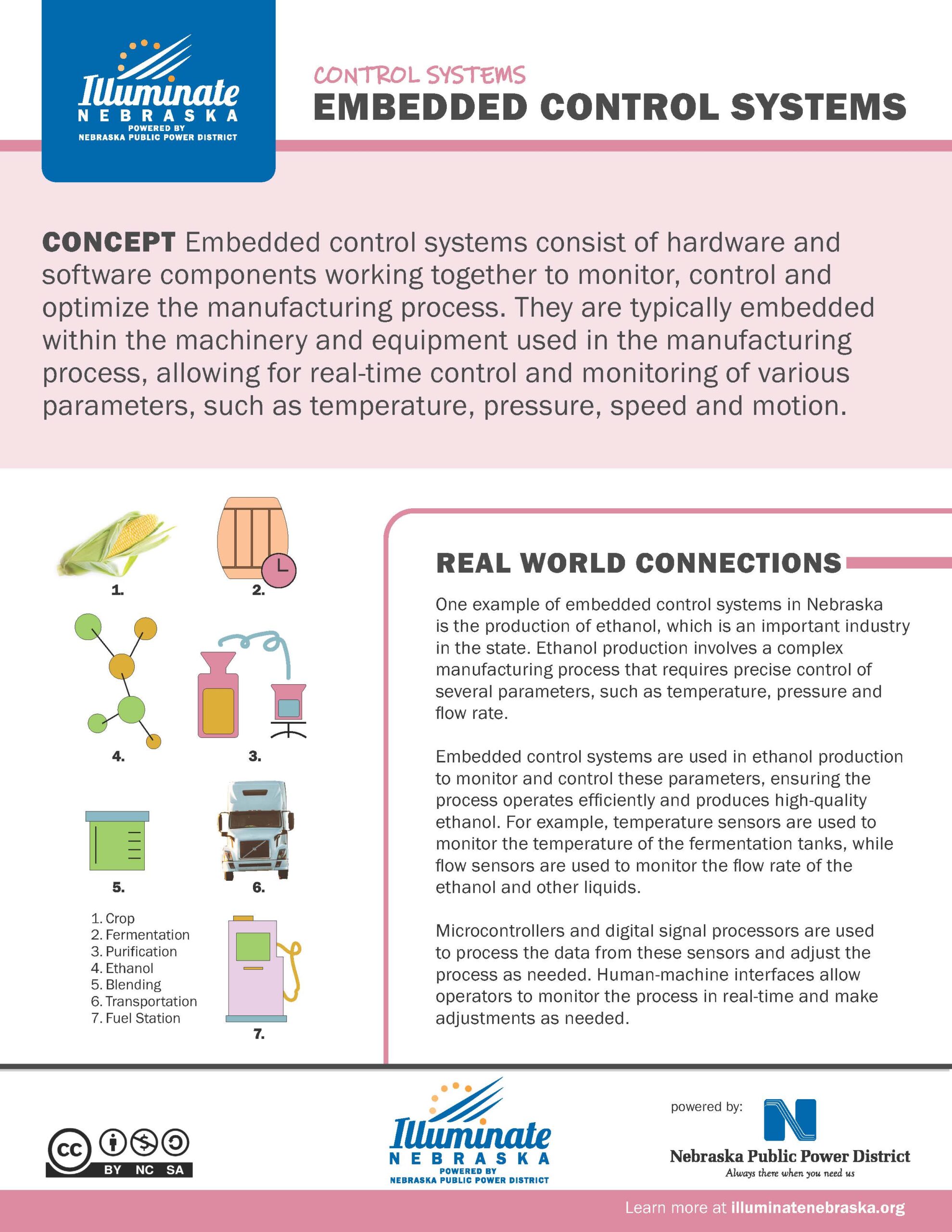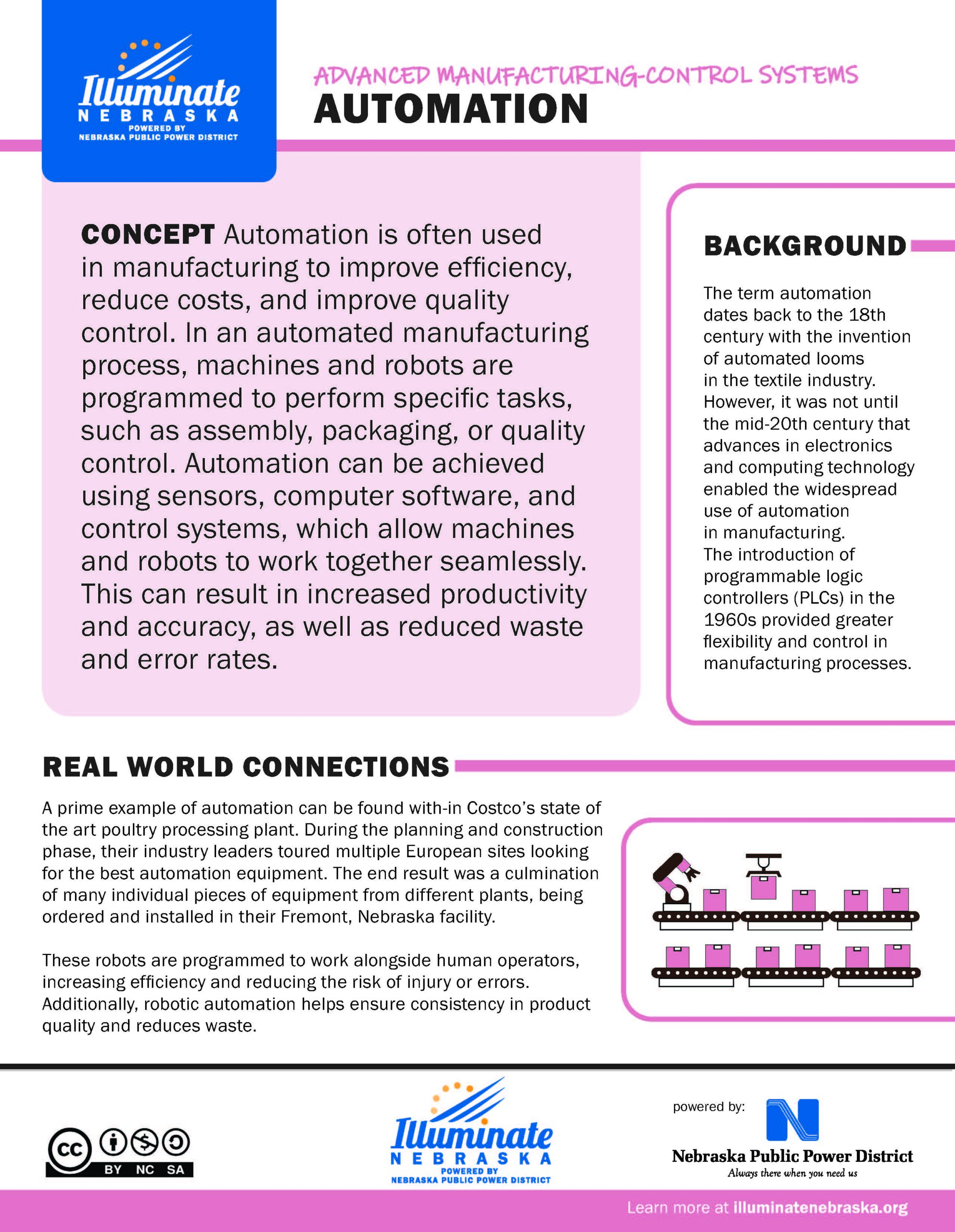PLC
PLC stands for Programmable Logic Controller, which is a type of digital computer used in industrial control systems. They are commonly used to control machinery on factory assembly lines by performing specific tasks, monitoring sensors and collecting data.
Smart Mechanical Devices
Smart mechanical devices(SMD) are tools equipped with advanced sensors, processors and communication technology designed to be user-friendly while allowing workers to focus on more complex tasks that require human expertise. Examples of smart mechanical devices include collaborative robots (cobots), automated guided vehicles (AGVs) and drones.
Non-traditional Actuation Methods
Non-traditional actuation methods refer to a set of advanced manufacturing techniques that use unconventional methods to control the motion of machines and tools in the manufacturing process. These methods are often used in situations where traditional mechanical or electrical actuation methods are insufficient or impractical.
Embedded Control Systems
Embedded control systems consist of hardware and software components working together to monitor, control and optimize the manufacturing process. They are typically embedded within the machinery and equipment used in the manufacturing process, allowing for real-time control and monitoring of various parameters, such as temperature, pressure, speed and motion.
Automation
Automation is often used in manufacturing to improve efficiency, reduce costs, and improve quality control. In an automated manufacturing process, machines and robots are programmed to perform specific tasks, such as assembly, packaging, or quality control.
